
The One-Minute Workout
Science Shows a Way to Get Fit That’s Smarter, Faster, Shorter
Recommendation
Imagine two middle-aged people, both of whom want to improve their fitness levels. One devotes four hours per week to endurance exercise. The other person only exercises for about an hour per week. Surprisingly, both show equal improvement, but eventually the person working out for four hours gives up. Who has that kind of time? The time-crunched adult population will appreciate Professor Martin Gibala’s research-backed workouts, though astute readers might shake their heads when they discover that the promised “one-minute workout” is actually 10 minutes in total duration – still, it’s shorter than you might expect.
Summary
About the Authors
Martin Gibala is the chair of McMaster University’s kinesiology department, where he’s conducted research that has led to more than 100 publications in peer-reviewed journals. Christopher Shulgan is a writer based in Toronto, Canada.








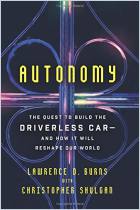
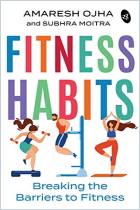
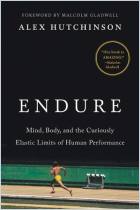

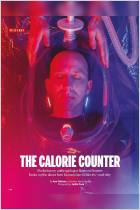
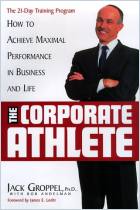
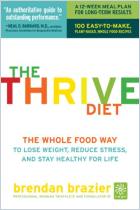



Comment on this summary or Start Discussion